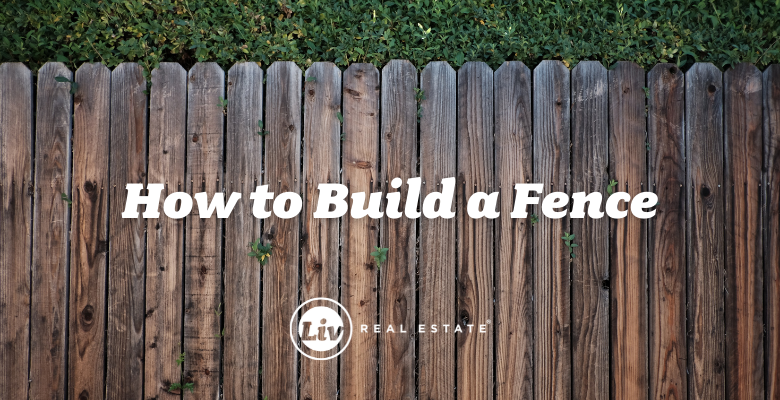
 Hiring a fence contractor in Edmonton will ensure that your fence is built properly, that all local regulations are met, and that building permits are obtained. Alternatively, you could choose to build the fence yourself. Here are some DIY tips on how to build a fence:
Hiring a fence contractor in Edmonton will ensure that your fence is built properly, that all local regulations are met, and that building permits are obtained. Alternatively, you could choose to build the fence yourself. Here are some DIY tips on how to build a fence:

Leave A Comment